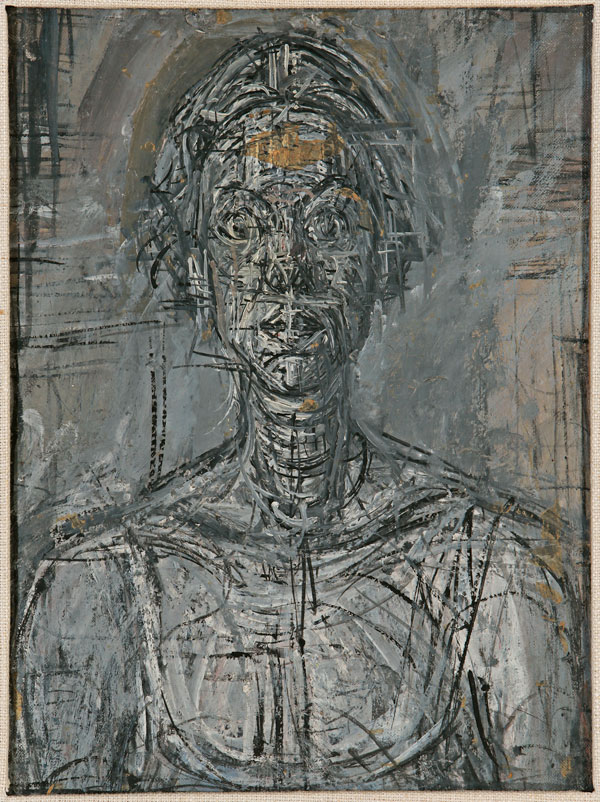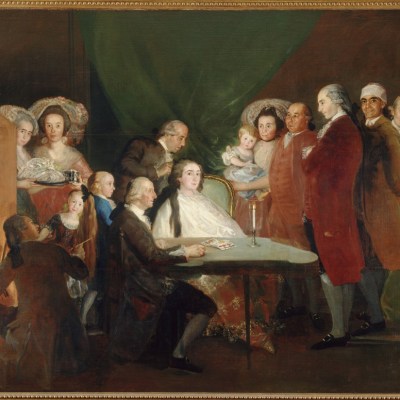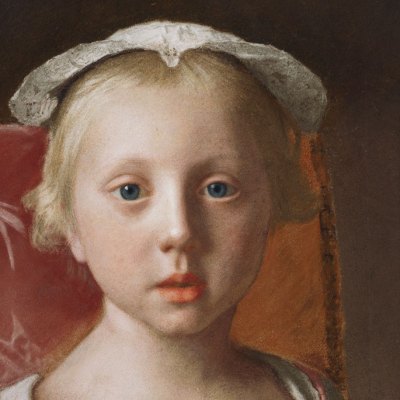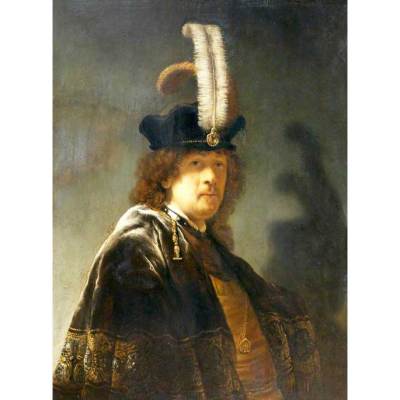Giacometti has been cast as the existentialist artist par excellence ever since Jean-Paul Sartre described him in the catalogue for his 1948 New York debut as ‘mediating between nothingness and being’. Why then the lifelong preoccupation with portraiture?
‘Giacometti: Pure Presence’ at the National Portrait Gallery doesn’t really answer this question. What it does is expose Alberto’s double life as a Parisian rebel and a Swiss-Italian mother’s boy – a radical avant-gardist who on regular visits home to his family in Switzerland reverted to the observational practices instilled in him by his post-Impressionist painter father.
In later life, Giacometti looked back with ‘a degree of envy and nostalgia’ to the time when his precocious youthful talent for representation – impressively demonstrated in the show’s opening room – seemed sufficient unto itself. ‘Gradually things deteriorated. Reality escaped me.’ In the next room we find him testing out different approaches on his nearest and dearest, anticipating the New Objectivity of Beckmann’s Self-Portrait in Tuxedo (1927) in a realist painting of his dinner-jacketed brother Diego in 1925, then in 1927 incising a flattened bronze head of his father with facial hair and spectacles out of a George Grosz caricature. The adjoining room devoted to his mother Annetta – the first of a series dedicated to individual sitters – reveals his growing disillusion with ‘copying appearance’. The fully-fleshed figure of The Artist’s Mother (1937) – as monumental in her physicality as any maternal portrait by Boccioni – dwindles to the ‘pure presence’ of Portrait of the Artist’s Mother (1947), apparently on the verge of vanishing in a puff of smoke.
Diego Seated (1964-65), Alberto Giacometti. Louisiana Museum of Modern Art, Humlebaek, Denmark © The Estate of Alberto Giacometti (Fondation Giacometti, Paris and ADAGP, Paris) 2015
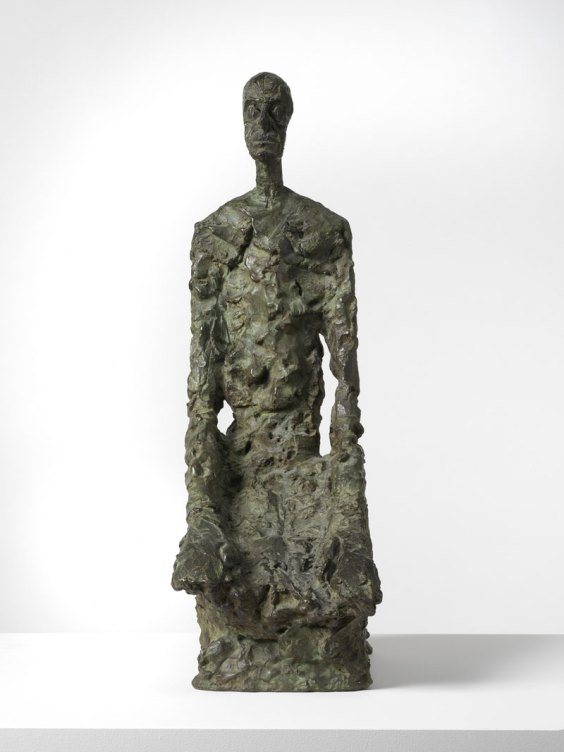
As a portraitist who rarely worked to commission, Giacometti had the luxury of dictating his own terms and degrees of recognisability. The pursed lips and staring eyes of his habitual sitters – his brother Diego, his wife Annette and his last muse Caroline – testify to long submission to his artistic will. But what his subjects lose in personality, they gain in grandeur. A visit to the Egyptian collections in Museo Archeologico in Florence had left a formative impression on the young Alberto, and a hieratic pose – bolt upright, eyes front – became a constant of his portraits. His bronze Bust of Diego Seated (1964/5) might be an idol awaiting an offering. There’s a fearful symmetry to the paintings too – only in pencil drawings like that of Louis Aragon (1946) are his subjects allowed to relax and loll at an angle.
Louis Aragon (1946), Alberto Giacometti. Private Collection c/o Lefevre Fine Art Ltd © The Estate of Alberto Giacometti (Fondation Giacometti, Paris and ADAGP, Paris) 2015
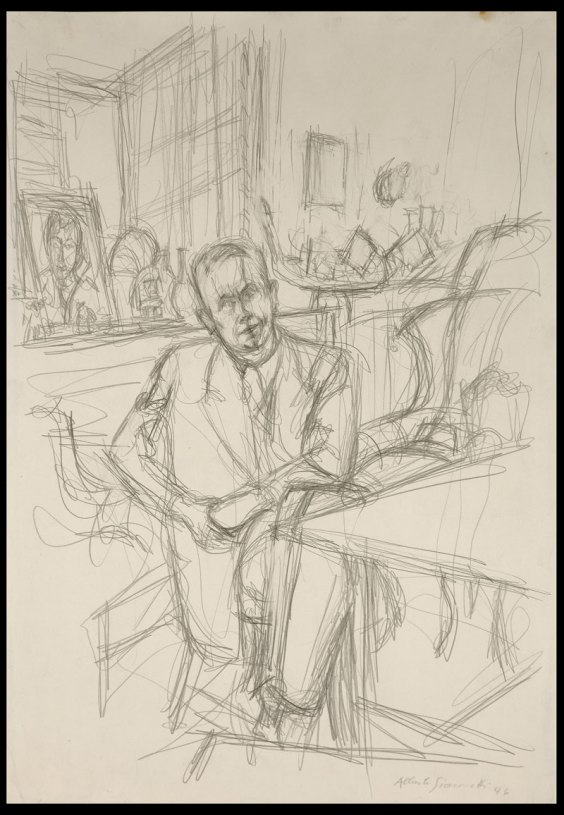
With their framework of thin black lines padded with flesh-tones, the painted portraits are drawings by another name. The only painterly passages are in the backgrounds, where a fug of smoky atmosphere envelops the sitter. Giacometti was not a face painter, he was a head painter focused on the skull beneath the flesh – the bulging, slightly thyroid eyes in his paintings emphasise the holes of the eye sockets. A cerebral artist, he views the head as a container for the brain. He grapples with its shape and position on the shoulders: craning forward like a figurehead in the sculpted busts of Annette from the early ’60s or screwed like a stopper on a sloping-shouldered bottle in the painted Bust of Annette (1954).
As late as 1964 he was still confessing: ‘It is impossible to paint a portrait’. A documentary film of 1967 shows him working two-handed on a portrait bust, almost throttling the figure in the attempt to squeeze a living presence from the clay. On canvas, he tried to trap the presence in a painted cage. His portraits stand as evidence of the scuffle. ‘I now only work for the sensation I get during the process,’ he told an interviewer in 1961. By then it wasn’t the winning, it was the taking part.
‘Giacometti: Pure Presence’ is at the National Portrait Gallery, London, until 10 January 2016.
